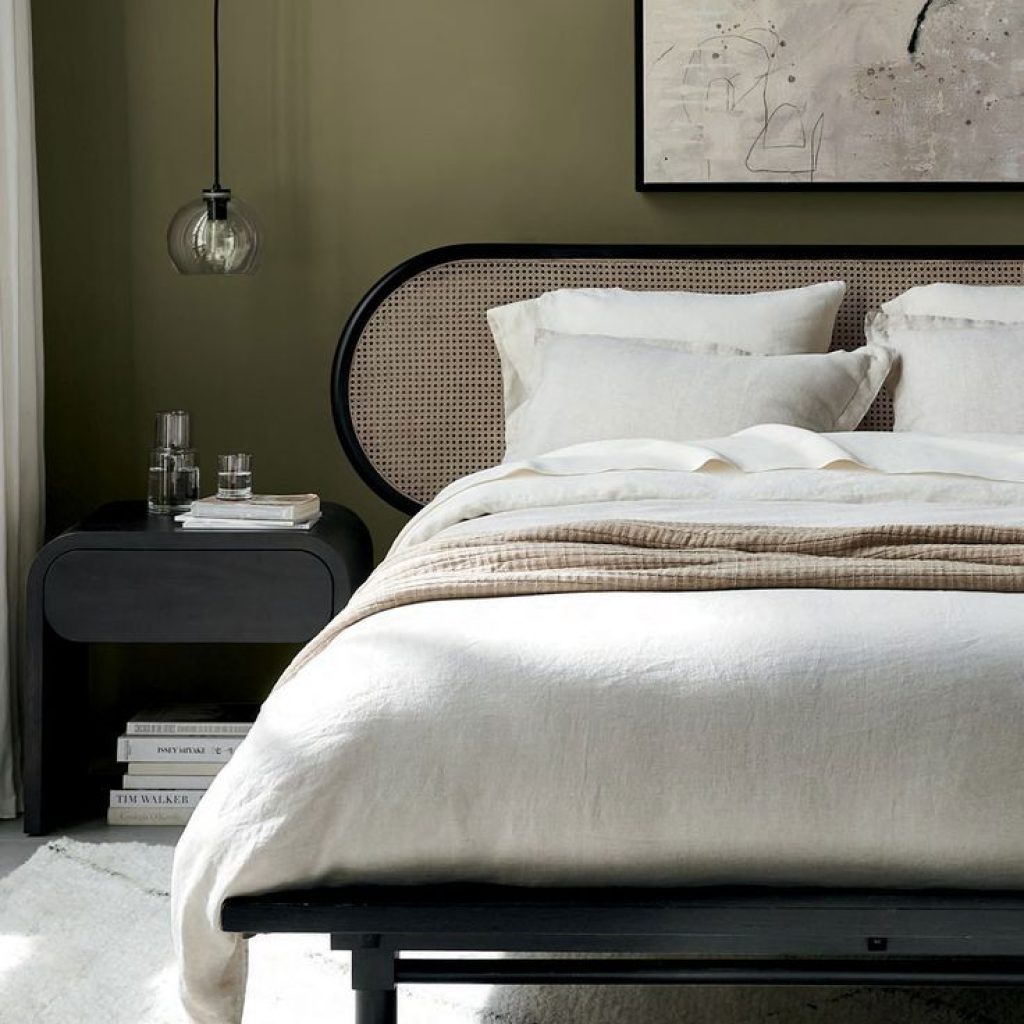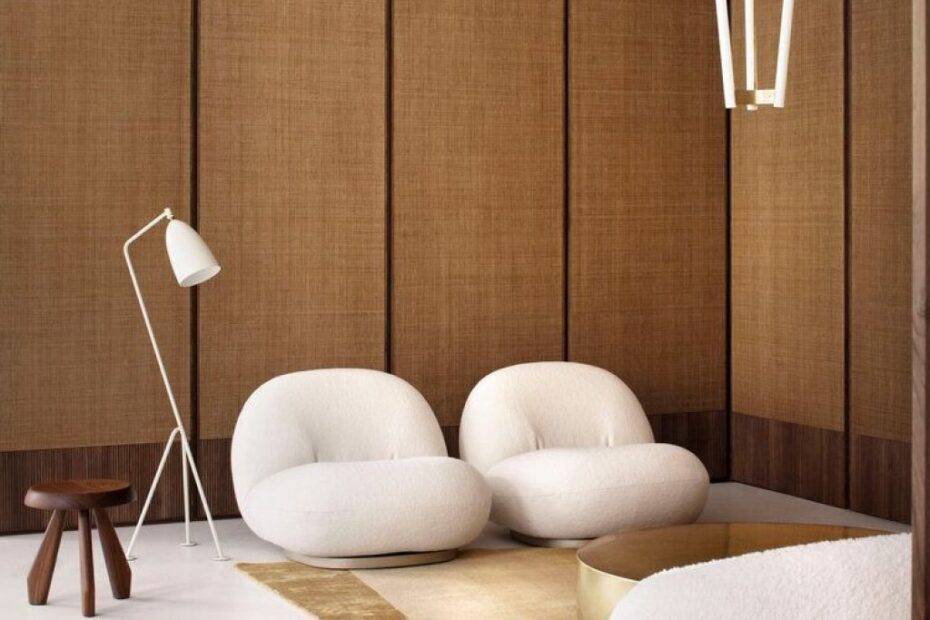Sustainability, as we know it today, has not only brought about positive changes in the environment
but has also provided social and economic development.
It has given us the opportunity to redefine the concept of luxury applied to interior design,
resulting in innovative design projects, new manufacturing methods and the use of materials with a low environmental impact.
Low-impact living accommodates considerations related to the circular economy, longevity, materials of ethical origin,
and low toxicity, among other criteria.
Which is now evaluated through a certificate that allows ensuring informed choices.
Do not think that aesthetics have been compromised, quite the opposite.
Sustainable interior design is able to achieve a balance between luxury, quality, durability and required ethics.

Sustainable interior design materials
The design of a sustainable interior design project aims to develop a concept in line with nature,
recognizing the environmental impact of each option and its suitability to the circular economy.
This type of project should start with the most visible details, and this is where the infrastructure, sidewalks and green spaces stand out.
The infrastructure must allow enough natural light to reduce the need for artificial light and heating during the day.
The choice of pavement should take into account thermal comfort, and as for green spaces, their presence,
both externally and internally (common in the luxury sector)
It will not only give aesthetic freshness, but will also enhance air quality and cool spaces, reducing the need to resort to air conditioning.
In a more practical aspect of design, the concept of sustainability has introduced new ways of using materials from nature in the sector.
Although wood, bamboo, cork, natural stone and marble are some of the most obvious natural material choices,
Technological innovations include products made from organic and recycled materials, organic paints, and natural textiles.
the wood:
Forest products have a number of functions and properties that make them ideal for sustainable consumption,
but it is recommended to ensure that it is wood from fast-growing trees.
Bamboo:
It is a raw material that has many uses, such as furniture, crafts, flooring, landscaping, and decoration.
It has the ability to replace wood and avoid deforestation because it is a fast-growing plant and does not require the use of chemicals in its cultivation.

Cork:
Countless projects around the world highlight the uniqueness of cork as a durable, waterproof and lightweight material with thermal,
sound insulation and shock resistance capabilities.
It is used in building infrastructure, to create artworks, or to isolate spaces.
It is extracted from tree bark without the need for deforestation, so it grows back quickly.
Marble:
It is a rock that, after undergoing a transformation process using high temperatures (only), becomes highly versatile
It can be used on floors, walls, decorative pieces, kitchen surfaces and art pieces.

Silk, cotton and wool:
These are the preferred textiles that are able to bring sophistication and elegance to the environment.
These fabrics are considered sustainable because they are derived from plants and insects
and require manufacturing processes that have a low environmental impact.
Sustainable luxury brands also make extensive use of glass-based decorative elements,
as it is a more durable material and can be infinitely recycled.
Other characteristics can be taken into consideration when selecting the most suitable products to be part of the project.
Preference can be given to locally produced products that reduce the impact of transportation on distribution,
and handmade products that have a lower production impact.
See More: Future trends in interior design for luxury spaces
